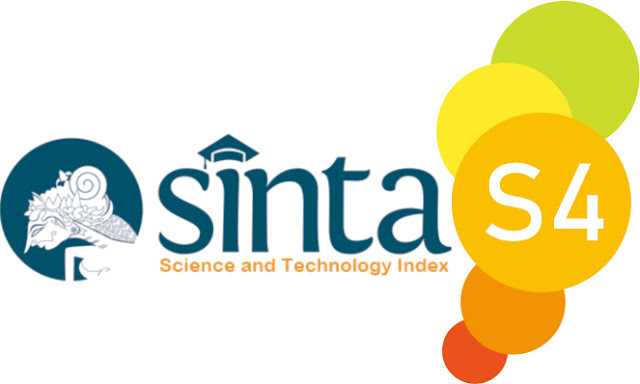Comparison of Urine Glucose in Offspring of Diabetes Mellitus Sufferers Using the Carik Dip Method and Benedict's Method
DOI:
https://doi.org/10.53861/lontarariset.v6i2.568Keywords:
Diabetes mellitus, urine glucose, dipstick method, benedict methodAbstract
Glucose metabolism starts from carbohydrates in food converted into glucose which is useful as energy for the human body. Excess glucose in the body will be excreted together with urine so that hyperglycemia occurs which will cause diabetes mellitus. Urine glucose examination is an initial screening process to determine the sugar level in the urine of patients with diabetes mellitus. A person who has a family history of diabetes has a two to six times risk of developing diabetes mellitus, a person with diabetes mellitus is suspected of having a homozygous recessive gene. This study aims to see the comparison of urine glucose in offspring of diabetes mellitus patients with the dip smear method and the Benedict method. The type of research used is laboratory observation using 10 urine samples from offspring of diabetes mellitus patients observed using the dip smear method and the Benedict method. The results of the study showed that out of 10 samples, 9 samples had different results with sample codes B, C, D, E, F, G, H, I, J and 1 sample had no difference in results with sample code A. From the results of the study, a statistical test was carried out, paired T test using SPSS type 25 obtained a significance value of 0.000 <0.05, so Ha was accepted and Ho was rejected means there is a difference between the two methods.
Downloads
Downloads
Published
How to Cite
Issue
Section
License
Copyright (c) 2025 Rahmawati Rahmawati, Nurul Ni’ma Azis, Andi Fatmawati Fatmawati, Nurpanisa Nurpanisa

This work is licensed under a Creative Commons Attribution 4.0 International License.
Lontara Journal Of Health Science And Technology is licensed under Creative Commons.
The journal allows the author to hold the copyright of the article without restrictions.
The journal allows the author(s) to retain publishing rights without restrictions.
The legal formal aspect of journal publication accessibility refers to Creative Commons Attribution 4.0 International (CC BY 4.0).
The Creative Commons Attribution 4.0 International (CC BY 4.0) license allows re-distribution and re-use of a licensed work on the conditions that the creator is appropriately credited and that any derivative work is made available under “the same, similar or a compatible license”. Other than the conditions mentioned above, the editorial board is not responsible for copyright violations.











